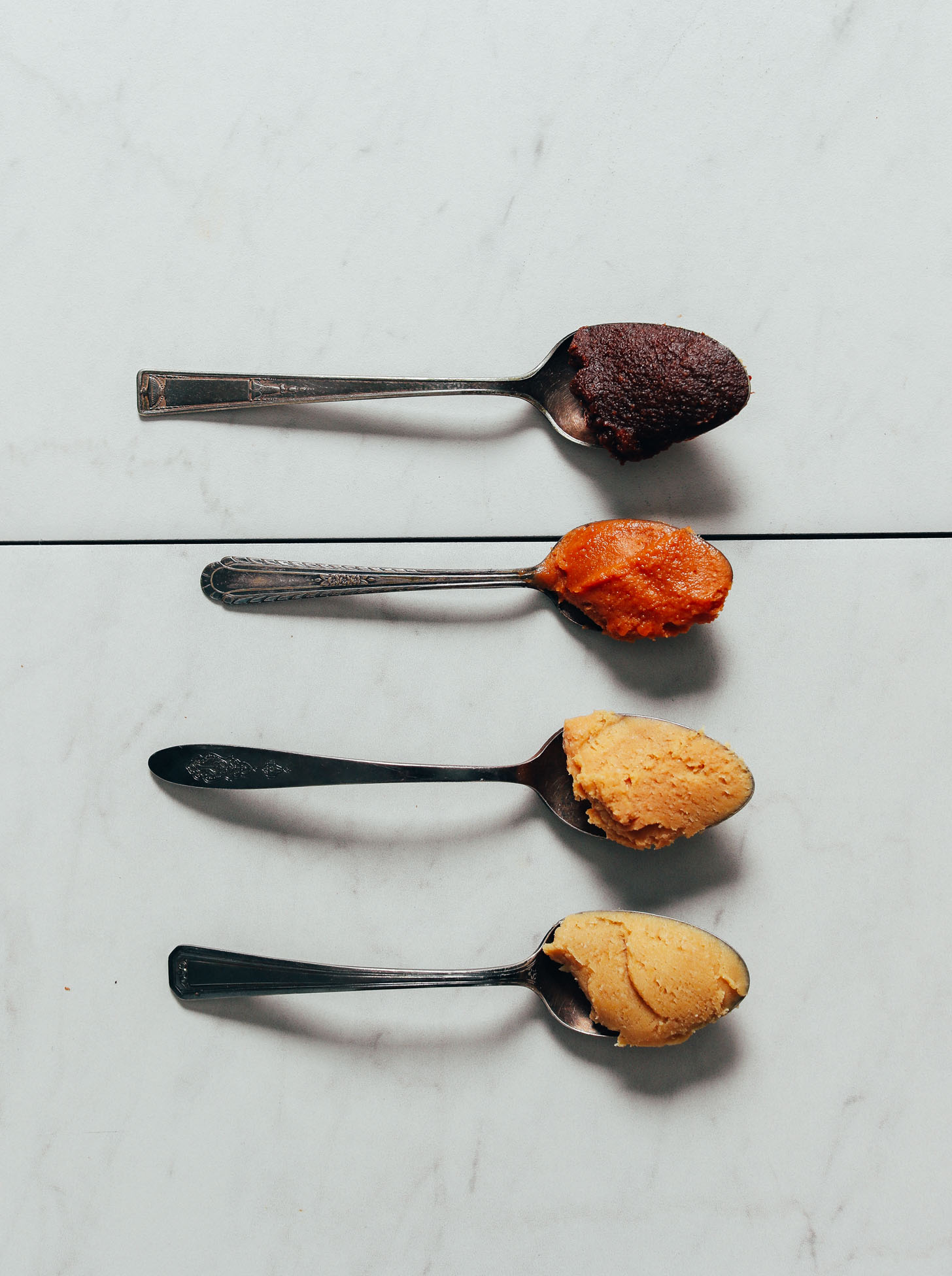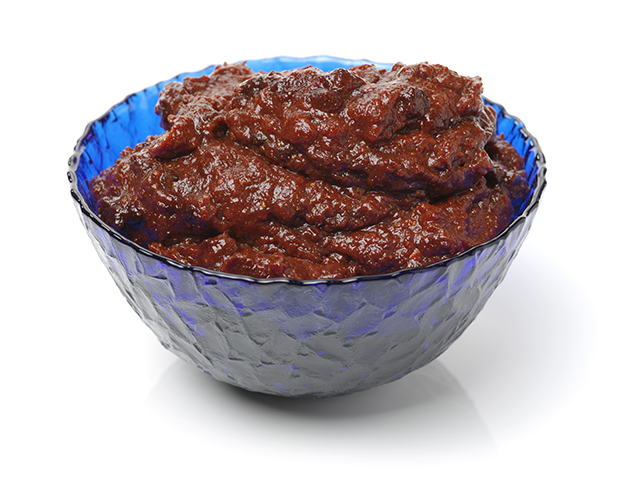

If you can only afford one kind of miso budget-wise or space-wise, get a good shiromiso that is labelled 'medium sweet'.Īkamiso (赤みそ)or 'red' miso is the generic term for miso that is a dark reddish-brown in color. It's the most versatile one for cooking purposes - you can use it for miso soups, miso marinades, and so on. It is milder than other kinds of miso, with a slight sweetness. Shiromiso (白みそ)or 'white' miso is the generic term for golden-yellow to medium brown miso. (I've kept miso for 3 years in the fridge without any ill effects, but I don't really recommend you do that!) Major types of miso by color Ideally you want to consume it within a year of purchase. Once opened, store well covered in the refrigerator - though it won't go 'off' that fast really. You can keep unopened miso at room temperature indefinitely. If you're just eating miso for health reasons you may not care, but otherwise you are forewarned.) Eden Foods in the U.S., Clearspring in the UK) do not seem to be aged too long, and therefore lack depth of flavor. (Note: Many misos made by health-oriented companies (e.g.

Commercially available miso is usually aged from 6 months to 2 years. The longer a miso is aged, the deeper in flavor it gets, though it can get a bit odd if aged too long. Light colored misos are also younger than dark colored ones in general.There are exceptions to this rule, but if you are confronted with a selection and don't know which way to go, it's useful to remember. Generally speaking, the lighter in color of the miso, the sweeter (less salty) it is. The color can be a fairly good indicator of the strength of flavor, age and saltiness of the miso. Miso-like fermented bean products and pastes exist all over Asia, but here I will mainly limit myself to the most commonly used Japanese misos. It is packed with umami and protein, not to mention all sorts of nutrients. The texture can range from smooth to chunky, and the color from a light yellow-brown to reddish brown to dark chocolate brown, and the flavor ranges from mildly salty and sweet to strong and very salty. Miso (味噌、みそ), as you probably know already, is a naturally fermented paste made by combining cooked soy beans, salt, and often some other ingredient such as white or brown rice, barley, and so on. I can't say I have a comprehensive selection to show you, but I hope you will find this article useful anyway. I kept on holding it off until I had a good variety of miso on hand to show photos of. It is a little heartier than white miso, but not as strong as the red.This is a post that has been a long time coming.

Awase miso (mixed miso), a blend of red and white miso.used for stews and the marinade of meat, poultry, and vegetables. Aka miso (red miso), a longer-fermented miso that encompasses any darker red and brown varieties.It is generally saltier than light yellow and white miso and has a more assertive, pungent flavor.It is adaptable to most cooking applications, from soups to glazes. Shinshu miso (yellow miso), another mild type which is fermented slightly longer than white miso.It is fermented for a shorter time and lower in salt than darker varieties, with a easy adaptable, mild, delicate flavor and used for lighter fare such as dressing bases and fish marinades. Shiro miso (white miso), known as sweet or mellow miso.Different varieties of miso have been described as salty, sweet, earthy, fruity, and savory. Miso is a Japanese thick paste used as sauces and spreads, similar to Chinese fermented bean paste (doujiang, 豆酱).


 0 kommentar(er)
0 kommentar(er)
